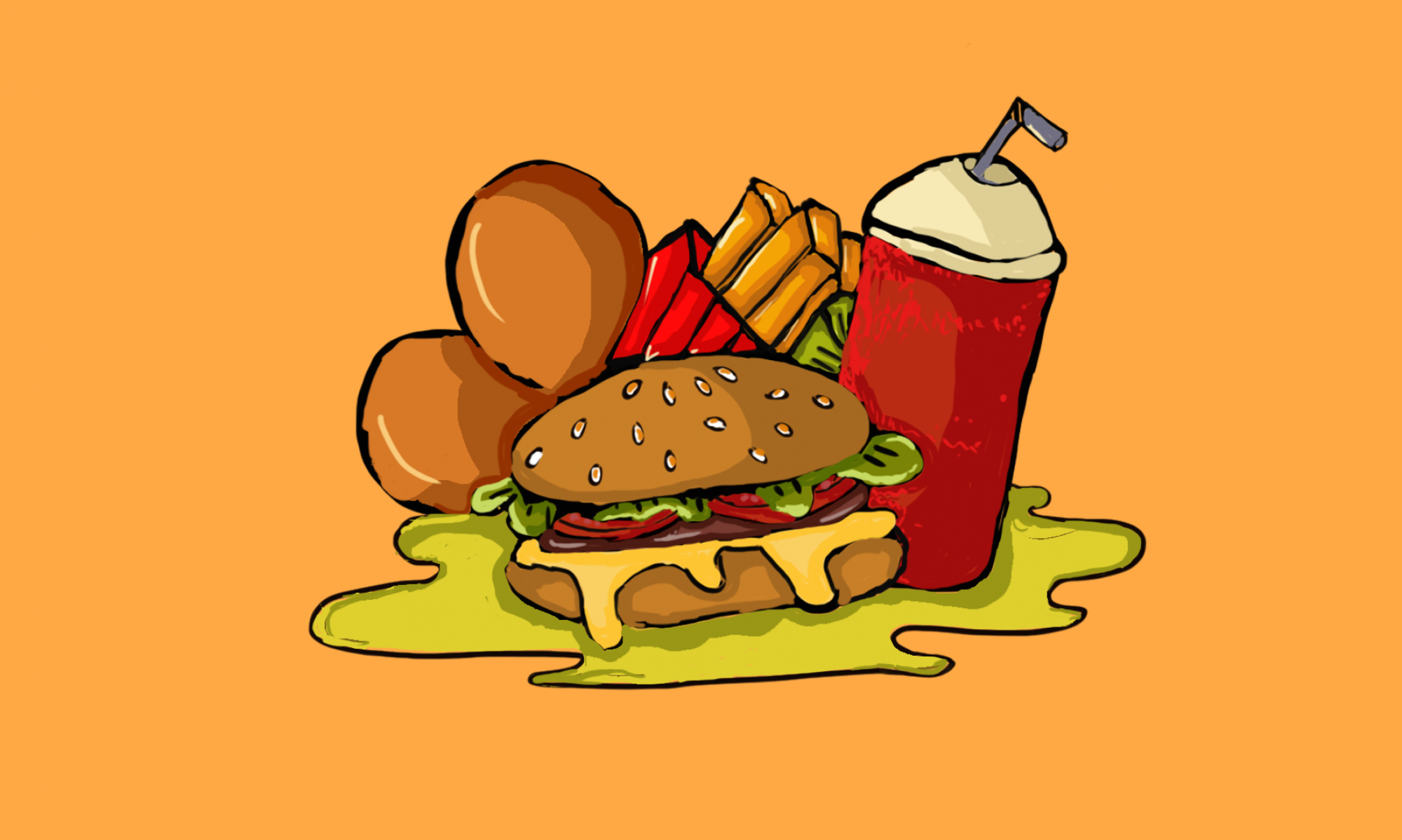I was very busy with my internship in the morning and missed a lot of classes especially the lab. However, I got to understand and caught up with some of the Acid/Base and pH/POH explanation. Here is one of the lab that I did. It is an experiment where we are trying to discover which solution is the acid and which one is the base.
Acid/Base Scientific Explanation Lab
Objective: The goal of this activity is to collect enough data to make a claim as to which of the 3 unknown solutions are acids. You must perform at least 3 tests to ensure proper data to make a solid claim. Once you have collected your data you will write a scientific explanation as to which solutions are acids. In a section labeled objective, write down the goal of this lab.
Materials:
- solutions A, B, C in dropper bottles
- well plates to place solutions
- Red litmus paper
- phenolphthalein
- bromothymol blue indicator (turns yellow for acids, green for neutral, blue for bases)
Procedure:
- Solution A# must have 10 ml in a block
- Repeat 1# two more times
- Add one drop of Phenolphthalein to the first block and stir
- Take Lip must paper and dip in the second block
- Add one drop of Bromothymol and stir
- Wait and see the reaction
- Repeat #1 to #6 procedure again on #B and #C solutions
Data:
| 10 ml of each solvent
1 drop of each solution |
Solution | ||
| Solute | #A | #B | #C |
| Phenolphthalein | No change | Pink | No change |
| Red litmus paper | No change | Turn to color blue-Pink | No change |
| bromothymol | Yellow | Blue | Yellow |
| Total: | Acid | Basic | Acid |
Conclusion: Solution A and C are considered acids. The first piece of evidence that supports this claim is there is no change (no reaction) after we put Phenolphthalein in. The second piece of evidence is that the Red litmus paper didn’t have any color stain on it after we put it in these solutions. And the third piece of evidence is that when we put bromothymol in, it didn’t change the yellow color to any other. On the other hand, for solution B, the first solute was phenolphthalein, and it reacted and became pink color. The second evidence is the paper, it turned to bluish, and pinkish color. The third evidence is the bromothymol, it turned into blue color after adding a drop to the solution B. Therefore, these evidences are appropriate because we are using three types of solute to test which is enough evidence to prove that the solution A and C is acid and solution B is base. However, the error might occur when we put the solution in the container because of some of the solutes that leftover stain on the container. We might need to use a cleaner container in order to find more accurate evidence and test.
Rubric:
| Component | 1- absent/minimal | 2- approaching | 3- complete |
| Objective/Materials | Does not write an objective and/or materials | Has an incomplete objective and/or incomplete list of materials | Writes a sufficient objective for the lab and a complete list of materials needed. |
| Procedure | Has a very rough procedure or procedure is absent | Has a procedure but is not written so that others could perform the lab. | Has a complete procedure written so others could perform the lab. |
| Data | Has a very incomplete or absent data table | Has a data table but does not have all necessary data recorded. | Has a complete data table with appropriate data for at least 3 tests. |
| Claim- A conclusion that answers the original question. | Does not make a claim, or makes an inaccurate claim. | Makes an accurate but incomplete claim. | Makes an accurate and complete claim. |
| Evidence– Scientific data that supports the claim. The data needs to be appropriate and sufficient to support the claim. | Does not provide evidence, or only provides inappropriate evidence (evidence that does not support claim). | Provides appropriate but insufficient evidence to support the claim. May include some inappropriate evidence. | Provides appropriate and sufficient evidence to support the claim. |
| Reasoning- A justification that links the claim and evidence. It shows why the data count as evidence by using appropriate and sufficient scientific principles. | Does not provide reasoning or only provides reasoning that does not link evidence to claim. | Provides reasoning that links the claim and evidence. Repeats the evidence and/or includes some-but not sufficient- scientific principles. | Provides reasoning that links the claim and evidence. Includes sufficient scientific principles. |
